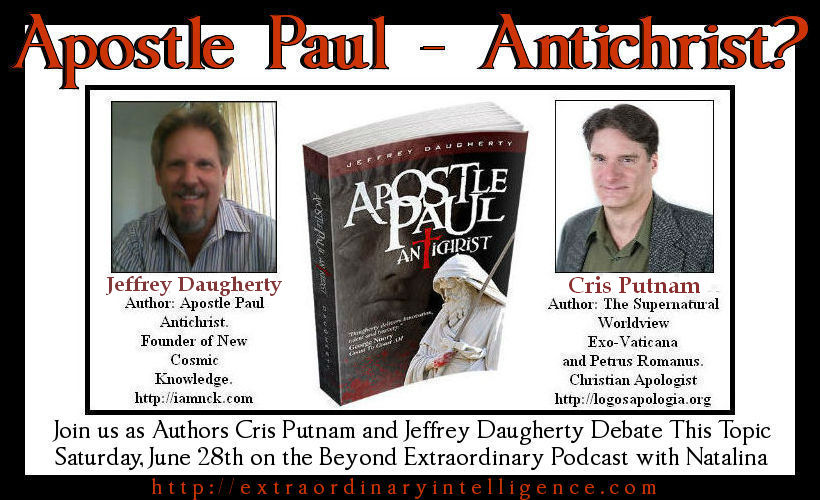 Mr. Ashcraft issued a response of sorts… more like an elaborate excuse for why he is exempt from the educational standards the rest of the us are held to. His primary excuse is that as a “traditional Catholic,” he cannot attend seminary because all of the schools are inundated with homosexuals:
Mr. Ashcraft issued a response of sorts… more like an elaborate excuse for why he is exempt from the educational standards the rest of the us are held to. His primary excuse is that as a “traditional Catholic,” he cannot attend seminary because all of the schools are inundated with homosexuals:
A stumbling-block to orthodox men in the seminaries is a pervasive “‘gay subculture’, comprised of both students and faculty”; some of the seminaries have gleefully earned such nicknames as “Notre Flame (for the Notre Dame Seminary in New Orleans)” and “Theological Closet (for Theological College at the Catholic University of America in Washington, D.C.).” “St. Mary’s Seminary in Baltimore has earned the nickname the ‘Pink Palace.'” Heterosexual, orthodox men who do make it into the seminaries often find themselves under siege by the homosexuals and having to fend off sexual advances, even rape.
Would Mr. Ashcraft really have us believe there is not a single seminary he could attend that isn’t over run with homosexuals? I wonder what real Catholics like Francis J. Beckwith might say? Of course, this behavior is nothing new in Roman Catholicism. It traces back to the medieval period infamously known as the “pornocracy” by historians. The ex-Jesuit, Peter De Rosa, writes of the medieval popes,
“They were less disciples of Christ than of Belial, the Prince of Darkness. Very many were libertines, murderers, adulterers, warmongers, tyrants, simoniacs who were prepared to sell everything holy. They were nearly all more wrapped up in money and intrigue than in religion.”[i]
The behavior described by Ashcraft is simply nothing new for Roman Catholicism and indeed should be expected from an institution whose own policies encourage it. In truth, the rule of celibacy has been an albatross to the Roman Catholic priesthood by forcing them to pursue proscribed means of satisfaction. It is not a new problem. John Calvin commented on it in his Institutes:
“In one thing they are more than rigid and inexorable—in not permitting priests to marry. It is of no consequence to mention with what impunity whoredom prevails among them, and how, trusting to their vile celibacy, they have become callous to all kinds of iniquity.”[ii]
Unfortunately, the Roman system encourages and invites perversion. While we already covered Pope Benedict XVI’s role in covering up and protecting the pedophiles, here we offer some explanation. Number one, it is important to note that no one starts out as a pedophile. Pedophilia is at the end of a long-term addiction which continuously escalates requiring more and more bizarre perversions to titillate and satisfy. The problem for Rome is that it will never stop because enslavement to sexual sin is inherent in the design of the priesthood.
Priests are forced into the impossible (for most) demand of lifetime celibacy. The vast majority, of course, fail in one form or another. In regard to sexual desire, Paul also taught, “But if they cannot contain, let them marry: for it is better to marry than to burn” (1 Co 7:9). But the celibacy rule makes it much easier to sin. If he commits a sexual sin like fornication, all that is required for absolution is confession to a fellow priest(s). All he has to do is tell one of his peers. It is easy to imagine a tit-for-tat arrangement: you forgive me of mine, I’ll forgive you of yours. However, if a priest were to engage in the only God-ordained means for sexual fulfillment—that is, within the bounds of a marriage covenant—then he is in big trouble.
In fact, the only way to get absolution for getting married is directly from the pope. If they do not get absolution, they believe they will suffer in hell. Can you see how they are virtually enslaved into a world of sinful, sexual pursuit? If they fornicate, they can easily gain absolution. If they marry, they risk excommunication. In this way, the system encourages them to pursue illegitimate perversions outside of God’s design. It is no wonder that Catholics with sexual attraction disorders flock to the seminaries. Because the homosexual issue is demonstrably nothing new, Ashcraft’s excuse amounts to so much special pleading.
Even unaccredited theology programs like Columbia Evangelical Seminary allow themselves to be accountable to the public. Unlike Ashcraft’s mystery school, transparency is indicative of holding high standards. Ashcraft has still failed to account for his listed degree. His LinkedIn profile lists an earned a Doctorate in Divinity from St. Sergius Seminary but only offers:
Sedevacantist bishops are purely sacramental bishops, and sedevacantist priests are purely sacramental priests. There are no claims of secular title, only religious titles and religious education alone. Such was the program I studied in, and I make no apology for doing so. …My own studies were partly formal and partly at the direct mentorship of a traditional Roman Catholic priest.
His argumentation is full of double speak. If formal then where? If via mentor then why create a fictional St. Sergius Seminary? If he is not looking for worldly recognition, then why list the faux credentials on a public profile?
[i] Peter De Rosa, Vicars of Christ: The Dark Side of the Papacy, 1st American ed. (New York, NY: Crown, 1988), 47.
[ii]John Calvin and Henry Beveridge, Institutes of the Christian Religion, electronic ed., IV, xii (Garland, TX: Galaxie Software, 1999). 23.






